US consumer spending surges in January as inflation heats up
US consumer spending increased by the most in nearly two years in January amid a surge in wage gains, while inflation accelerated, adding to financial market fears that the Federal Reserve could continue raising interest rates through summer.
The report from the Commerce Department on Friday was the latest indication that the economy was nowhere near a much-dreaded recession. It joined data earlier this month showing robust job growth in January and the lowest unemployment rate in more than 53 years.
"Clearly, tighter monetary policy has yet to fully impact consumers and shows that the Fed has more work to do in slowing down aggregate demand," said Jeffrey Roach, chief economist at LPL Financial in Charlotte, North Carolina. "This report means that the Fed will likely continue hiking into the summer."
Consumer spending, which accounts for more than two-thirds of U.S. economic activity, shot up 1.8% last month. That was the largest increase since March 2021. Data for December was revised higher to show spending dipping 0.1% instead falling 0.2% as previously reported. Economists polled by Reuters had forecast consumer spending rebounding 1.3%.
When adjusted for inflation, consumer spending increased 1.1%, also the biggest gain since March 2021. The so-called real consumer spending had declined in November and December.
Consumers boosted purchases of long-lasting manufactured goods like motor vehicles, household furnishings and equipment. They also spent more on dining out and recreation.
Spending was likely driven by a 0.9% jump in wages and salaries as well as a 8.7% cost of living adjustment, the biggest increase since 1981, for more than 65 million Social Security beneficiaries, which boosted income.
It was also probably flattered by difficulties ironing out seasonal fluctuations from the data at the start of the year. Some economists expect payback in February.
Nevertheless, the strong performance put consumer spending on a higher growth path at the start of the first quarter. Consumer spending slowed in the fourth quarter, with most of the loss in momentum happening in the last two months of 2022.
Slowcession
Moody's Analytics believes the economy will experience a 'slowcession,' where growth comes to a near-standstill but never slips into reverse.
U.S. stocks opened lower. The dollar rose against a basket of currencies. U.S. Treasury prices fell.
Financial markets have been on edge since the release of January's blockbuster employment report early this month.
The Fed is expected to deliver two additional rate hikes of 25 basis points in March and May, and financial markets are betting on another increase in June. The U.S. central bank has raised its policy rate by 450 basis points since last March from near zero to a 4.50%-4.75% range.
The personal consumption expenditures (PCE) price index shot up 0.6% last month, the largest increase since June 2022, after gaining 0.2% in December. In the 12 months through January, the PCE price index accelerated 5.4% after rising 5.3% in December.
Excluding the volatile food and energy components, the PCE price index increased 0.6%. That was the biggest gain since August 2022 and followed a 0.4% rise in December. The so-called core PCE price index increased 4.7% on a year-on-year basis in January after advancing 4.6% in December.
The Fed tracks the PCE price indexes for monetary policy. The government reported on Thursday that inflation increased much faster than initially thought in the fourth quarter, mostly reflecting upgrades to consumer and producer price data published this month. That left some economists to expect that the road to disinflation would be slow and bumpy.
Personal income increased a solid 0.6%, the bulk of it coming from strong wage growth. Income at the disposal of households after adjusting for inflation surged 1.4%, the largest increase since March 2021. Consumers boosted savings even as they increased spending. The saving rate rose to 4.7%, the highest in a year, from 4.5% in December.
(Source: Reuters)
US treasury official boasts of impact of sanctions on Iran’s economy, public unrest
Thousands protest Trump’s immigration policies on second term anniversary
Ex-NATO chief slams Trump’s Greenland threats, calls on EU to hit back
US ‘must be held accountable’ for supporting terrorism in Iran: Araghchi
VIDEO | Pro-Palestine protest in Madrid challenges UK repression
Canada PM: World order in ‘midst of a rupture’ from US hegemony
VIDEO | Iron walls: One year of Israel’s largest military operation in Palestine in years
Italian farmers protest EU-Mercosur free trade deal


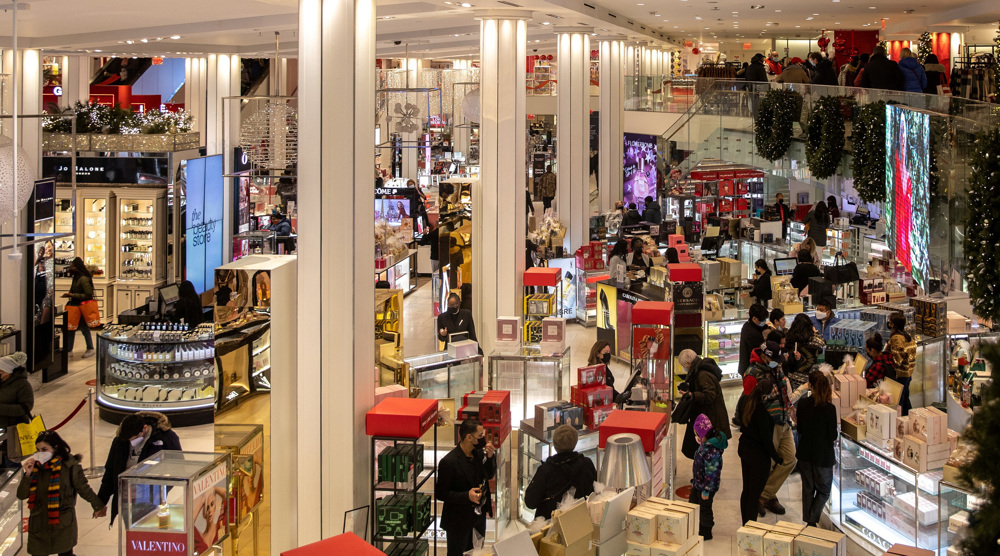
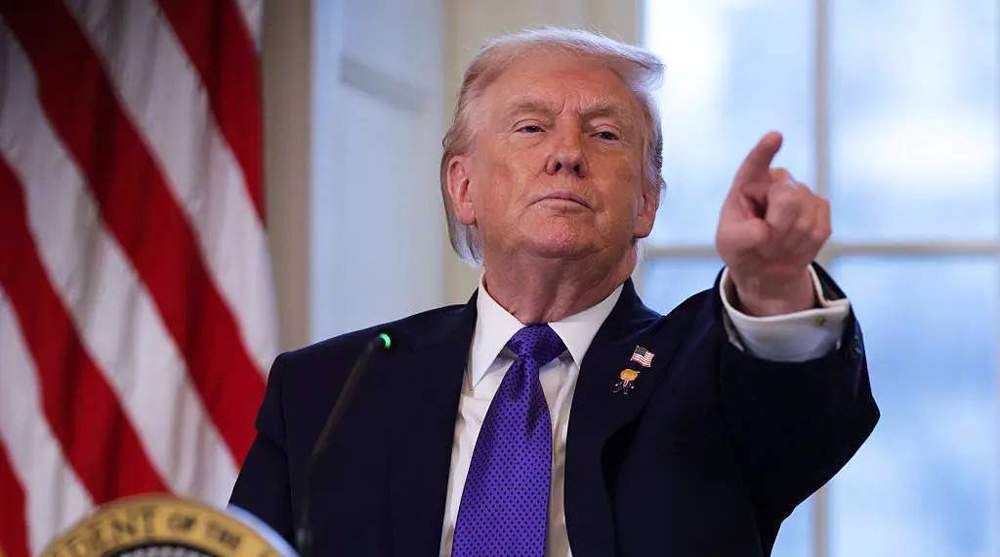
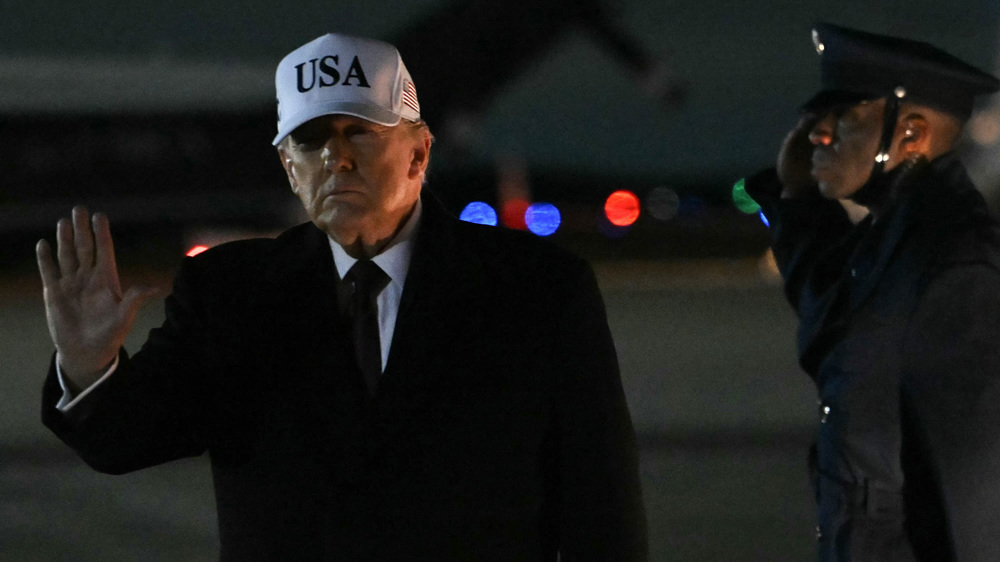




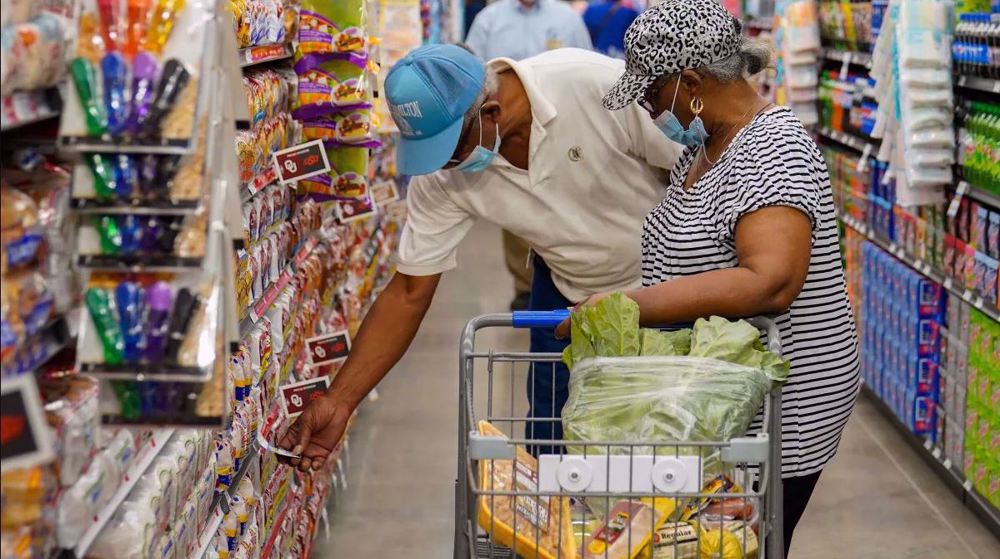
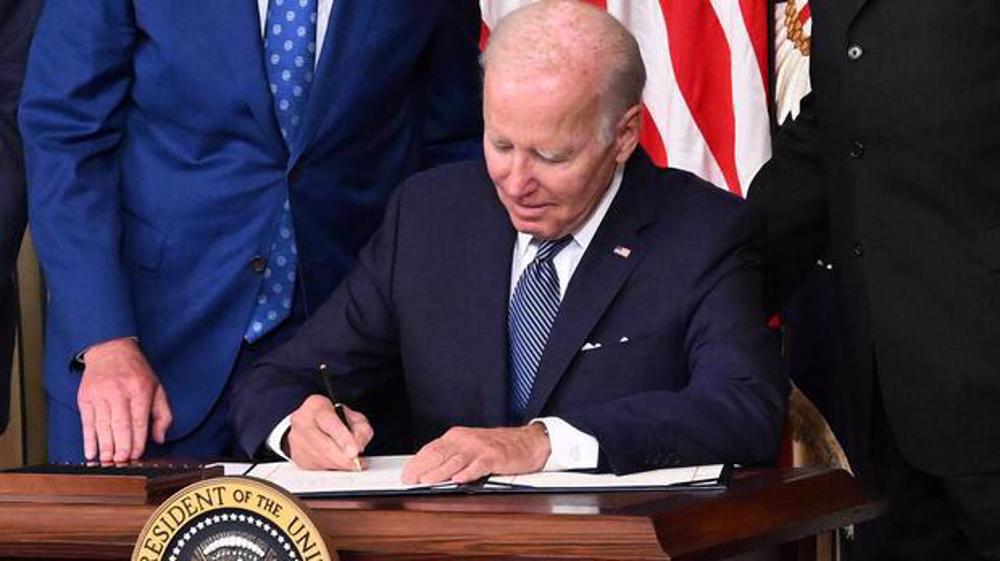
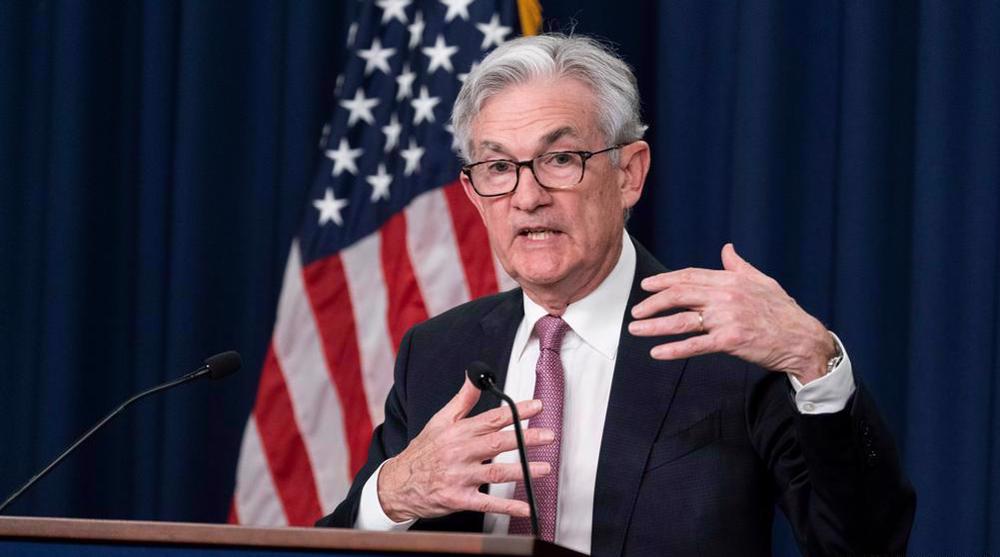
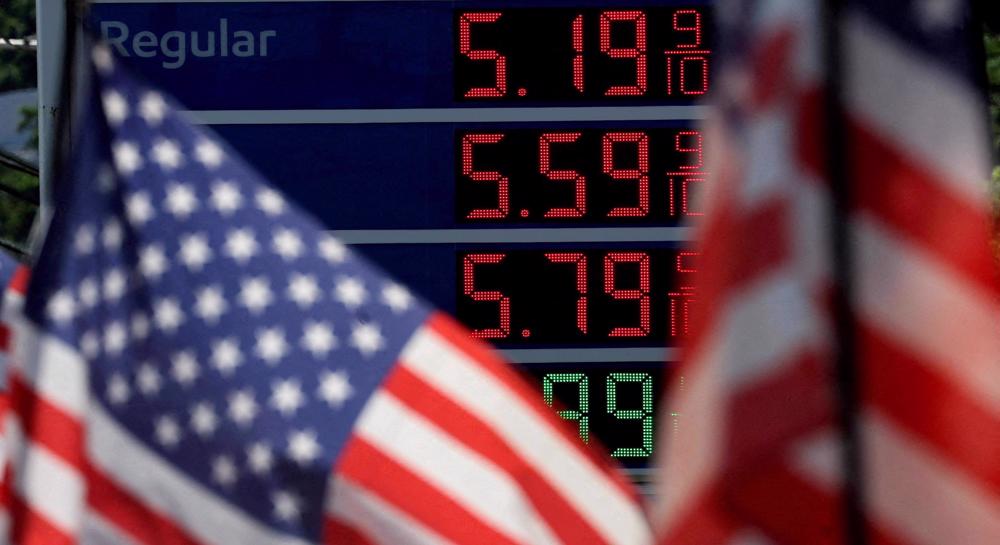
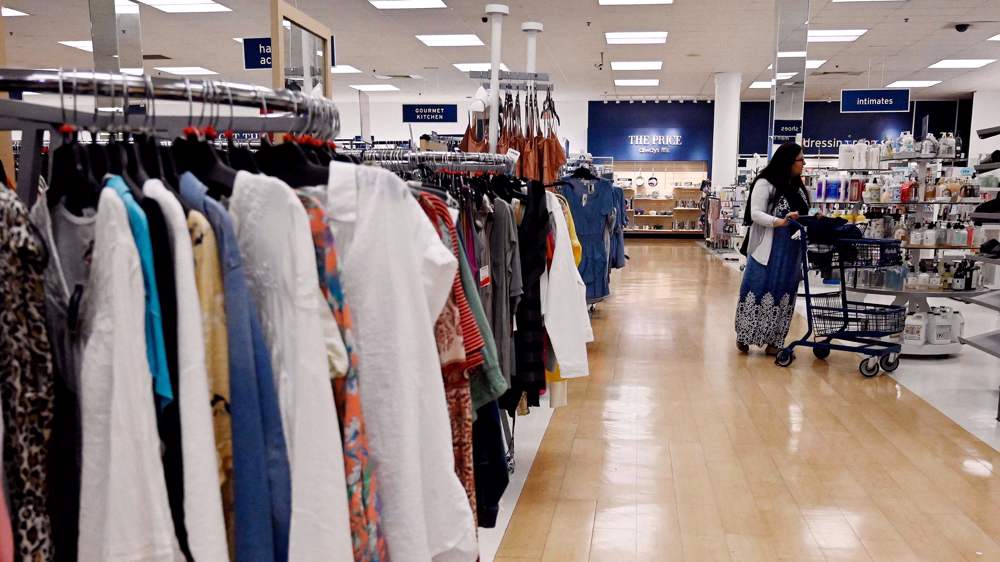
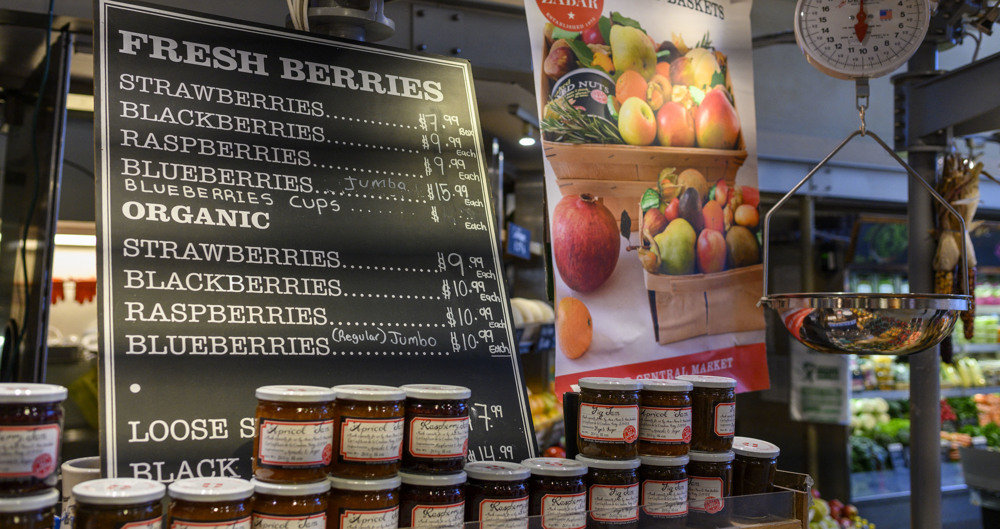

 This makes it easy to access the Press TV website
This makes it easy to access the Press TV website